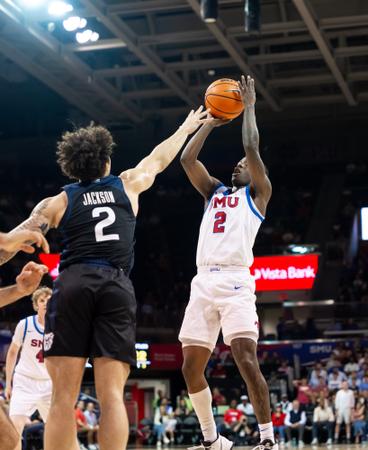After greatly reduced activity during the COVID-9 pandemic, pertussis (whooping cough) has surged in the United States this year and last, but many Americans are confused or uninformed about current vaccine recommendations, according to a new…
Blog
-
Government fails to bring forward draft leasehold legislation: Housing Committee Chair responds – UK Parliament
- Government fails to bring forward draft leasehold legislation: Housing Committee Chair responds UK Parliament
- Labour Row Brewing Over Long-Delayed Leasehold Reform Guido Fawkes
- The quiet divide conveyancers are now facing under the hidden impact of leasehold reform Today’s Conveyancer
- Nottingham-based property managers Watson call for an end to the ‘Wild West’ of unregulated managing agents. Love Business East Midlands
- Leasehold reforms risk torpedoing billions in UK investment The Times
Continue Reading
-
Government fails to bring forward draft leasehold legislation: Housing Committee Chair responds – UK Parliament
- Government fails to bring forward draft leasehold legislation: Housing Committee Chair responds UK Parliament
- Labour Row Brewing Over Long-Delayed Leasehold Reform Guido Fawkes
- The quiet divide conveyancers are now facing under the hidden impact of leasehold reform Today’s Conveyancer
- Nottingham-based property managers Watson call for an end to the ‘Wild West’ of unregulated managing agents. Love Business East Midlands
- Leasehold reforms risk torpedoing billions in UK investment The Times
Continue Reading
-

No. 2 Ohio State Takes on Little Rock, No. 3 Iowa State Sunday
No. 2 Ohio State vs. Little Rock, No. 3 Iowa State
Times: 1/3 p.m.
Date: Sunday, Dec. 21
Venue: Montgomery Bell Academy
Tickets: Ohio State Wrestling Tickets
Live Stream: FloWrestling.org
Results: X/@wrestlingbucks/TrackWrestlingCOLUMBUS, Ohio…
Continue Reading
-
Christmas in Hopelands is Canceled, Thursday December 18 – City of Aiken, SC (.gov)
- Christmas in Hopelands is Canceled, Thursday December 18 City of Aiken, SC (.gov)
- Today’s events for Dec. 16 Post and Courier
- Downtown Aiken celebrates Night of 1,000 Lights WRDW
- Night of 1,000 Lights Post and Courier
- Merry and very, very bright: Aiken’s Hopelands Gardens holiday event features over 100,000 lights Post and Courier
Continue Reading
-

From Galaxy to Ground: How Space Research Shapes Everyday Life
Newswise — When we check the weather forecast, that information comes from satellites. When we FaceTime a friend, that call could come via satellites. From cellphone networks to national security systems, satellites…
Continue Reading
-

Pokes Insider: Cowgirls refocused on Mountain West run
LARAMIE – Heather Ezell walked into the visiting locker room after Wyoming’s lopsided loss at Minnesota and tore the printed box score she was holding into pieces.
UW’s head coach wanted to make it clear to this new cast…Continue Reading
-

Miller Named To Lute Olson Award Early Season Watch List
BOSTON (SMU) – Senior guard Boopie Miller was named to the Lute Olson Award Early Season National Player…
Continue Reading
-

Guided learning lets “untrainable” neural networks realize their potential | MIT News
Even networks long considered “untrainable” can learn effectively with a bit of a helping hand. Researchers at MIT’s Computer Science and Artificial Intelligence Laboratory (CSAIL) have shown that a brief period of…
Continue Reading
-

Montana vs. Montana State: Time, TV channel, preview for the FCS semifinals
8:53 pm, December 18, 2025
Here’s how to watch the 2025 FCS semifinal game between No. 2 Montana State and No. 3 Montana.
8:53 pm, December 18, 2025
Here are some of the top storylines and players to watch entering this year’s FCS…
Continue Reading
